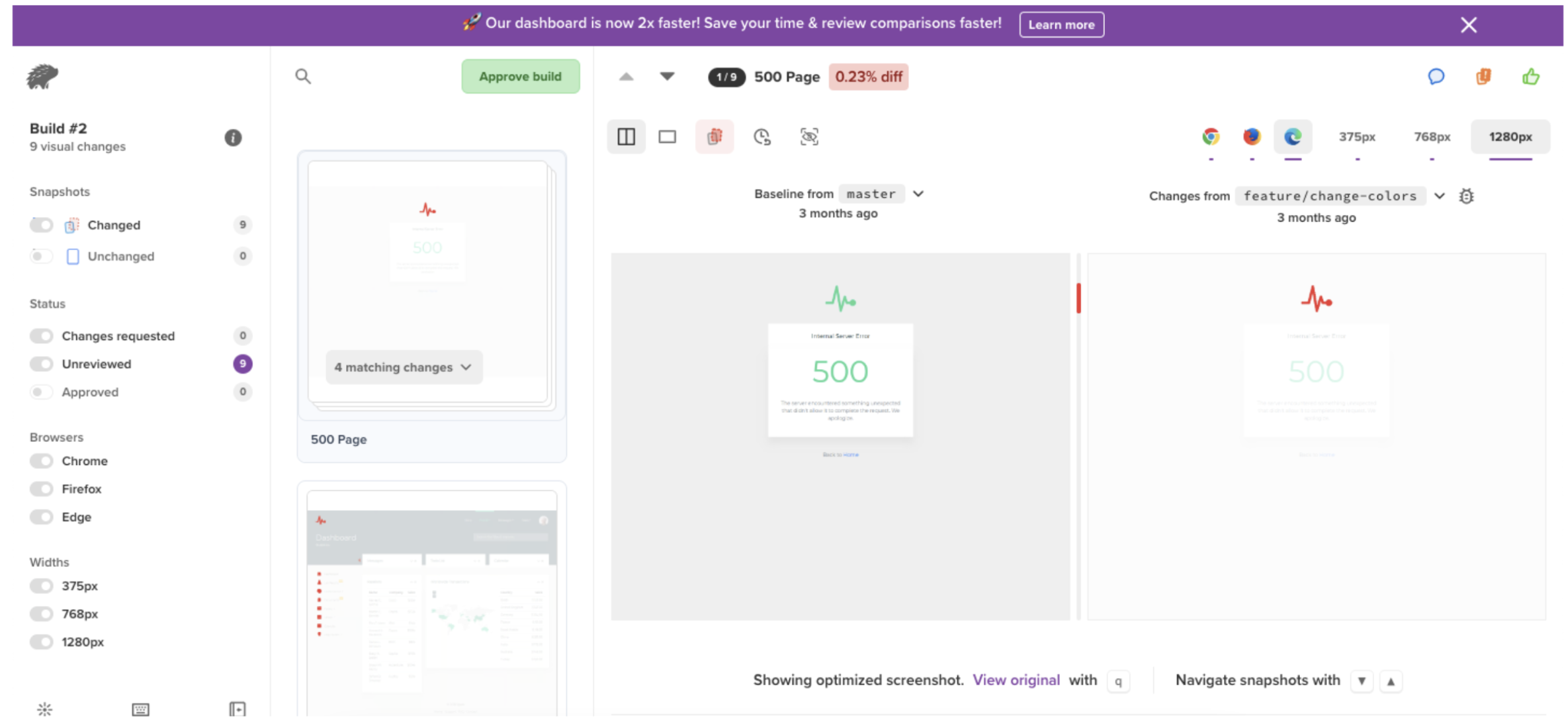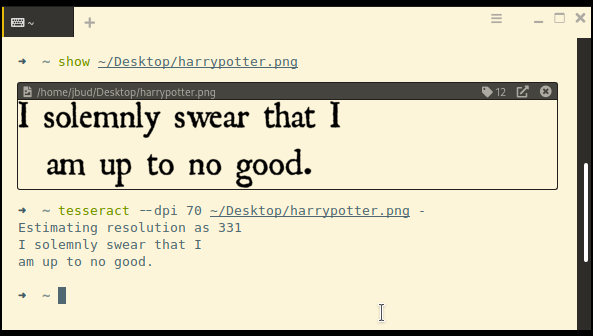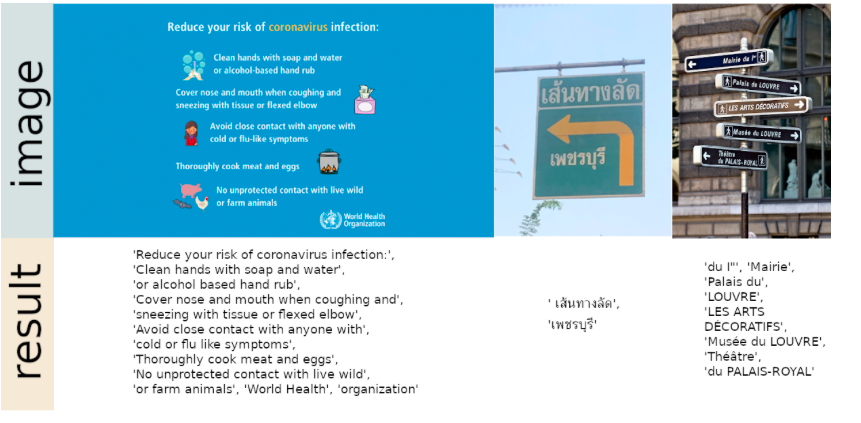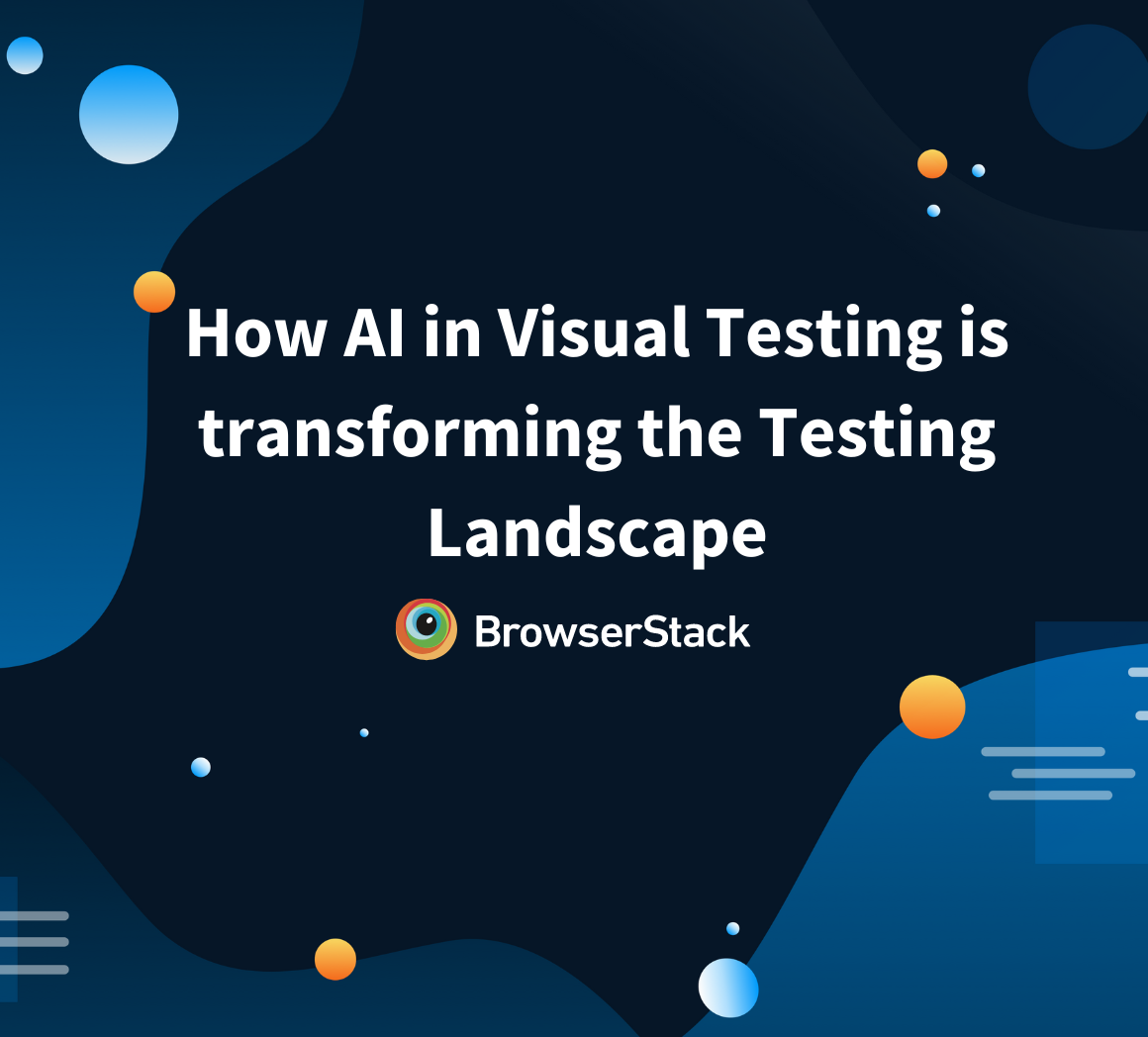What is OCR Testing
By Technocrat, Community Contributor - October 10, 2024
OCR, or Optical Character Recognition technology lets computers extract text from images. When you use an OCR technology, you analyze an image, identify characters, and convert them into machine-readable text.
Organizations can automate the process of data entry and transcription using OCR enabled devices.
Consider a very common situation where an organization has historical data, which is a mix of images and text in physical format. Now, converting it to digital format would be highly beneficial as it would be accessible for everyone.
Before OCR, this practice would require massive effort to enter data and also add alternate text for images. With OCR, you can streamline this process, making it faster and more accurate.
- What is OCR (Optical Character Recognition) Testing?
- Why should you perform OCR Testing?
- Top Use Cases of Optical Character Recognition (OCR)
- How does OCR Testing work?
- How to Create OCR Tests?
- Top 3 Tools for OCR Testing
- How to perform OCR Testing with BrowserStack
- Benefits of OCR Testing
- Best Practices for creating OCR Tests
- Challenges of the OCR Test
What is OCR (Optical Character Recognition) Testing?
OCR testing involves verifying the accuracy of OCR conversion of visual representations from text to machine readable format.
In this process, it is also critical to verify the efficiency of the software system that enabled this conversion.
This testing ensures that the OCR system can accurately extract text from various document types, recognizing different fonts, languages, and layouts.
Some key testing categories that OCR testing should focus on are:
- Functional Testing: Verify that the OCR system correctly extracts text from different document types and formats.
- Accuracy Testing: Measure the system’s ability to accurately recognize individual characters and maintain the integrity of the extracted text.
- Performance Testing: Evaluate the system’s speed and efficiency in handling various image qualities and document complexities.
Why should you perform OCR Testing?
Just like any module that is critical to a software system, testing the software that enables OCR conversions must be a part of your strategy.
Some of the key reasons are:
- Data Accuracy: You need to ensure that the extracted text is devoid of errors, which might lead to incomplete information and impact data reliability.
- User Experience: Poor testing of the OCR outputs would result in misinterpreted or unsearchable data that comprises the user experience.
- Business Compliance: Inaccurate OCR can lead to non-compliance with regulations requiring accurate data digitization, exposing organizations to legal risks.
- System Reliability: If you have dependent systems that rely on the converted/extracted text, lack of OCR testing can cause frequent failures in automated workflows.
Top Use Cases of Optical Character Recognition (OCR)
Though the OCR technology has been changing how systems deal with visual data, there are some use cases where the impact it has is phenomenal.
- Invoice Processing: Automating data extracted from invoices reduces a major overhead of manual data entry operations. This leads to better accuracy and speed in processing of accounts payables.
- Document Digitization: Converting physical documents makes them available as searchable assets This ensures that your documents are searchable, preserved as archives, and manageable.
- Identity Verification: Ability to extract critical PII information securely, such as from IDs, passports, and licenses helps banks and other organizations to streamline identification processes. This reduces the overhead of physical verifications of critical documents.
- Healthcare Records Management: Converting patient records into digital assets helps manage records efficiently. This provides easier access, efficient sharing, and better healthcare delivery, while maintaining compliance with data protection laws.
How does OCR Testing work?
To better understand how OCR testing works, consider an example of a hospital that uses an OCR software to digitize patient records with the detailed steps given in the table below:
| OCR Software Steps | OCR Testing Steps |
|---|---|
| Image acquisitions | It captures health records, invoices, etc of a patient. Test OCR’s ability to capture and process images properly by using document samples (like printed forms, handwritten notes) in different quality. |
| Preprocessing | Test quality of the captured records by verifying preprocessing steps like noise removal and skew correction are effective in enhancing document readability, especially for low-quality scans. |
| Text Segmentation | Test if the OCR correctly segments different text types like handwritten notes, patient information, diagnosis, etc into text segments, ensuring all text areas, headers, and handwritten portions are accurately detected. |
| Character Recognition | Here, OCR software identifies different characters and what they mean. Test the OCR’s ability to correctly recognize printed and handwritten text, focusing on medical-specific terms like patient names, medications, and diagnoses. |
| Post Processing | Fix the converted assets for inaccuracies, both technical and language related. Test the OCR’s use of dictionaries and spell-checking, so that medical terms are accurately processed, with minimal spelling errors or inaccuracies. |
| Data Extraction | Extract elements from the digital asset that might be reusable across other systems. Validate all relevant information, such as patient details and dosages is extracted accurately and completely for each document type. |
| Error Handling | Identify incorrect or inaccurate translations that might need another round of manual check. Test the system’s response to poor-quality inputs and unclear text, ensuring it flags errors and prompts for manual review when needed. |
How to Create OCR Tests?
Once you have identified how to test your OCR software process elements, you need to decide whether you want to invest in manual OCR testing or automated OCR testing.
To understand both these testing types, let’s understand them through the image acquisition stage.
Manual OCR Test
To manually test the image acquisition stage:
- Prepare the test document that you want to acquire and pass through the OCR software.
- Capture the image through either a scan or through a picture capture from a camera. Save it in a format that your OCR software understands.
- Import the image into the OCR software.
- Verify if the scanned image and the converted text matches.
OCR Test Automation
To a test the image acquisition stage:
- Prepare the test document that you want to acquire and save them in a folder for easy access for the automation tooling.
- Automate image capture using automated scripts based on the automation framework you want to use, such as Selenium, Puppeteer, etc. Save it in a format that your OCR software understands.
- Automate importing these automatically captured images to the OCR software.
- Implement logging and assertions that help verify if the captured image and the converted text matches.
Top 3 Tools for OCR Testing
Here are the top 3 OCR Testing tools:
- BrowserStack Percy
- Tesseract
- EasyOCR
1. BrowserStack Percy
Percy by BrowserStack helps teams automate visual testing. It captures screenshots, compares them against the baseline, and highlights visual changes. With increased visual coverage, teams can deploy code changes with confidence with every commit. You can test across 20,000+ real devices seamlessly without the hassle of maintaining an infrastructure.
Percy makes for an ideal testing tool to perform OCR testing due to the robust visual testing capabilities. You can automate capturing images through Percy to capture baseline, transform the images through your OCR software, and load the new versions to Percy. You can then observe discrepancies highlighted by Percy.
Some key features are:
- Broad Browser Coverage: Tests web apps across various desktop and mobile browsers, including responsive viewports.
- Accelerated Testing: Saves time by automating the detection of visual inconsistencies.
- Consistent Design: Maintains design uniformity by highlighting visual differences early on.
- Improved Teamwork: Fosters collaboration by providing a shared platform for visual feedback.
- Error Prevention: Safeguards against unintentional visual changes in updates.
- Tool Integration: Works seamlessly with popular development and project management tools.
2. Tesseract
Tesseract, an open-source OCR engine developed by Google, is a tool for transforming text-laden images into machine-readable text. It supports a wide range of languages and image formats.
Some key features are:
- Exceptional Accuracy: Recognizes printed and handwritten text.
- Multi-Lingual Support: Handles over 100 languages, catering to global needs.
- Customization: Trainable on custom fonts and character sets for specific use cases.
- Seamless Integration: Easily integrates into Python, Java, and C++ applications.
- Image Preprocessing Compatibility: Works well with libraries like OpenCV for enhanced image quality.
3. EasyOCR
EasyOCR, an open-source Python library, streamlines OCR tasks by making text extraction from images and documents straightforward.
Some key features are:
- User-Friendly: EasyOCR’s simple API streamlines OCR implementation.
- Multilingual: Supports multiple languages for diverse applications.
- Accurate: Deep learning ensures high-quality text recognition.
- Integrable: Easily fits into existing testing frameworks and applications.
- Real-Time Testing: Enables immediate validation of OCR accuracy.
How to perform OCR Testing with BrowserStack
BrowserStack Percy uses OCR (Optical Character Recognition) library to eliminate minor text shifts in rendering, preventing false positives.
To perform OCR testing with BrowserStack:
- Prepare your set of images that represent different documents. Ensure that they are of varying quality, including low-resolution, blurry, or complex layouts.
- Integrate Percy to your testing framework using the Percy SDK.
- Write a test case with focus on loading a test image, applying the OCR to the image to extract text, compare the text to a known expected output, capture the screenshot of the OCR result, and send it to Percy for visual comparison.
- Run your test to process the input image and compare the OCR result with expected output.
- Review the comparison result generated by Percy. Percy compares the screenshot with the baseline image, and highlights any differences.
Benefits of OCR Testing
Here are are the benefits of OCR Testing:
- Enhanced Accuracy: OCR testing ensures that text extraction from documents is accurate, reducing errors in critical data like patient records or invoices.
- Improved User Experience: By validating the performance of OCR systems, testing helps ensure users receive correctly extracted and formatted information.
- Cost and Time Efficiency: Effective OCR testing reduces the need for manual data entry and correction by ensuring high-quality text extraction.
- Regulatory Compliance: Many industries, including healthcare and finance, have strict regulations regarding data accuracy and handling.
Best Practices for creating OCR Tests
Here are some of the best practices followed while creating OCR Tests:
- Diverse Sample Set: Use a variety of documents, including printed, handwritten, and low-resolution images. This diverse testing helps the system handle real-world scenarios effectively.
- Clear Metrics: Establish specific metrics to measure OCR performance, such as accuracy rates, processing speed, and error rates. This quantitative data facilitates continuous improvement.
- Iterative Testing: Conduct OCR testing in multiple phases, allowing for regular evaluation and refinement. This iterative approach enhances accuracy and performance over time.
- Workflow Integration: Validate how OCR output interacts with other systems to ensure seamless operation and data consistency throughout the process.
Challenges of the OCR Test
Below are some of the challenges faced during OCR Testing:
- Image Quality Variability: Poor quality images impact the accuracy of conversions. Variations in image quality can lead to inaccurate text extraction, making it challenging to reliably validate the system’s performance.
- Complex Layouts: Documents with complex layouts, such as tables, multi-column formats, or mixed content (text and images) impact the conversion.
- Handwriting Recognition: Handwritten text can vary significantly in style and legibility, making it difficult for OCR systems to accurately recognize characters.
- Language and Font Diversity: OCR systems may have difficulty with documents containing multiple languages or specialized fonts.
- Integration Issues: Integrating OCR functionality with existing systems (like EHRs) can introduce challenges related to data transfer, format compatibility, and system performance.
- Performance Under Load: Evaluating OCR performance under heavy loads (e.g., batch processing of large volumes of documents) might be important for speed.
Conclusion
BrowserStack Percy is a powerful tool for validating the visual consistency of OCR-generated outputs across various browsers and devices. By automating screenshot comparisons, Percy helps identify visual discrepancies and layout issues that could impact user experience. This streamlined testing process enhances collaboration and ensures the OCR application delivers consistent results in real-world scenarios.







